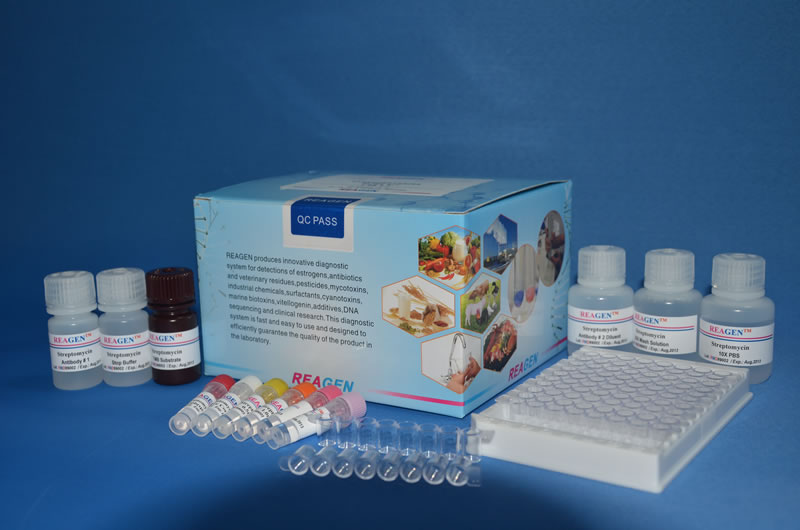SUPPLEMENT S7 5ML FFM
货号: US0175 产品名称: SUPPLEMENT S7 5ML FFM 品牌: Invitrogen 规格: ***
SUPPLEMENT S7 5ML FFM

U300S UNDECYL MALTOSIDE-SOL-GRADE 品牌 Anatrace
UNDECYL MALTOSIDE-SOL-GRADE
货号: U300S 产品名称: UNDECYL MALTOSIDE-SOL-GRADE 品牌: Anatrace 规格: 1G

U300S UNDECYL MALTOSIDE-SOL-GRADE 品牌 Anatrace
UNDECYL MALTOSIDE-SOL-GRADE
货号: U300S 产品名称: UNDECYL MALTOSIDE-SOL-GRADE 品牌: Anatrace 规格: 25G

U300S UNDECYL MALTOSIDE-SOL-GRADE 品牌 Anatrace
UNDECYL MALTOSIDE-SOL-GRADE
货号: U300S 产品名称: UNDECYL MALTOSIDE-SOL-GRADE 品牌: Anatrace 规格: 5G

9232664 Manual, user, BR9600 US 品牌 Qiagen
Manual, user, BR9600 US
货号: 9232664 产品名称: Manual, user, BR9600 US 品牌: Qiagen 规格: ***
9234821 Manual, user, QS 4, US 品牌 Qiagen
Manual, user, QS 4.0, US
货号: 9234821 产品名称: Manual, user, QS 4.0, US 品牌: Qiagen 规格: ***
FCCH100183 FlowCellect RFP-LC3 (U20S) Reporter Auto 品牌 Millipore
FlowCellect RFP-LC3 (U20S) Reporter Auto
货号: FCCH100183 产品名称: FlowCellect RFP-LC3 (U20S) Reporter Auto 品牌: Millipore 规格: EA 三周到货 生化实验
FlowCellect™ RFP-LC3 Reporter Autophagy Assay Kit
Description:
FlowCellect™ RFP-LC3 Reporter Autophagy Assay Kit
Trade Name:
FlowCellect
Qty/Pk:
100 Tests
Product Overview:
Millipore’s FlowCellect™ RFP-LC3 Reporter Autophagy Assay Kit provides a quantitative solution for the study of autophagy and potency evaluation of autophagy inducers using flow cytometry. This kit has four unique features:
1) The use of selective permeabilization solution discriminates cytosolic LC3 from autophagic LC3 by extracting the soluble cytosolic proteins, while protecting LC3 which has been sequestered into the autophagosome from degradation;
2) A monomeric RFP is used as a reporter to facilitate the translocation of the fusion protein. Other forms of RFP are not preferred as they form dimers and aggregate when over-expressed in the cells, preventing their extraction from the cytoplasm and impairing the ability to measure translocation by flow cytometry;
3) Since autophagy is a constitutive cellular degradation process, the use of an autophagy detection reagent (Autophagy Reagent A) will prevent the lysosomal degradation of LC3, allowing its quantification by flow cytometry;
4) The monomeric RFP used in our fusion protein to LC3 is attached on the 5′ end (N-terminal fusion), protecting the RFP from Atg4 cleavage, thus, allowing its visualization within the autophagosomes (figure 3).
To assist in autophagy study, U20S (human osteosarcoma) cells are stably transfected, which are suitable for both imaging and flow cytometry instruments.
View All »
Background Information:
Autophagy is an intracellular catabolic pathway that causes cellular protein and organelle turnover, and it is associated in diverse diseases including Alzheimer’s disease, aging, cancers, and Crohn’s disease. It is a tightly regulated process that plays a normal part in cell growth, development, and cellular homeostasis. Autophagy functions as a housekeeping mechanism by disposing of aging and/or dysfunctional proteins and organelles by sequestering and priming for lysosomal degradation. Increasing evidence suggests that not just apoptosis, but autophagy can contribute to cell death and greatly influence general cell health. Malfunctions of autophagy can influence longevity and productivity of cells to function at full capacity.
During autophagy, LC3 protein is translocated from the cytoplasm to the autophagosome where it is targeted to the lysosome for degradation. The process of autophagy can be categorized into four distinct stages:
1) Induction and LC3 Translocation: The process is initiated by external/internal stimuli (e.g. nutrient depletion);
2) Autophagosome formation: Unwanted cytosolic proteins and aging organelles are sequestered by a double membrane vesicle, i.e.—”autophagosome”. Formation of this vesicle is coordinated by complexes of Atg proteins (Atg5 and Atg12) that are conjugated, enabling the recruitment of LC3;
3) Lysosomal docking and fusion: LC3 protein regulates traffic between autophagosome to lysosome. (LC3-I is cytoplasmic; LC3-II is lipidated and sequestered into autophagosomal membrane);
4) Degradation: Fusion with the lysosome and subsequent breakdown of the autophagic vesicle and its contents.
View All »
Applications:
This FlowCellect RFP-LC3 Reporter Autophagy Assay Kit for Flow Cytometry provides a quantitative solution for the study of autophagy & potency evaluation of autophagy inducers using flow cytometry.
Key Applications:
Flow Cytometry
Species Reactivity:
Human
Usage Statement:
Unless otherwise stated in our catalog or other company documentation accompanying the product(s), our products are intended for research use only and are not to be used for any other purpose, w 2-8℃

9022978 RCS Barcode Upgrade US 品牌 Qiagen
RCS Barcode Upgrade US
货号: 9022978 产品名称: RCS Barcode Upgrade US 品牌: Qiagen 规格: ***
9025104 Beam columnator, US sensor, QCS 品牌 Qiagen
Beam columnator, US sensor, QCS
货号: 9025104 产品名称: Beam columnator, US sensor, QCS 品牌: Qiagen 规格: ***
AM9783C RNASEZAP CS SIZE(US DIST) 品牌 Invitrogen
RNASEZAP CS SIZE(US DIST)
货号: AM9783C 产品名称: RNASEZAP CS SIZE(US DIST) 品牌: Invitrogen 规格: *12 X 250ML

A13717 LUMINEX POWER CORD, US 品牌 Invitrogen
LUMINEX POWER CORD, US
货号: A13717 产品名称: LUMINEX POWER CORD, US 品牌: Invitrogen 规格: ***

